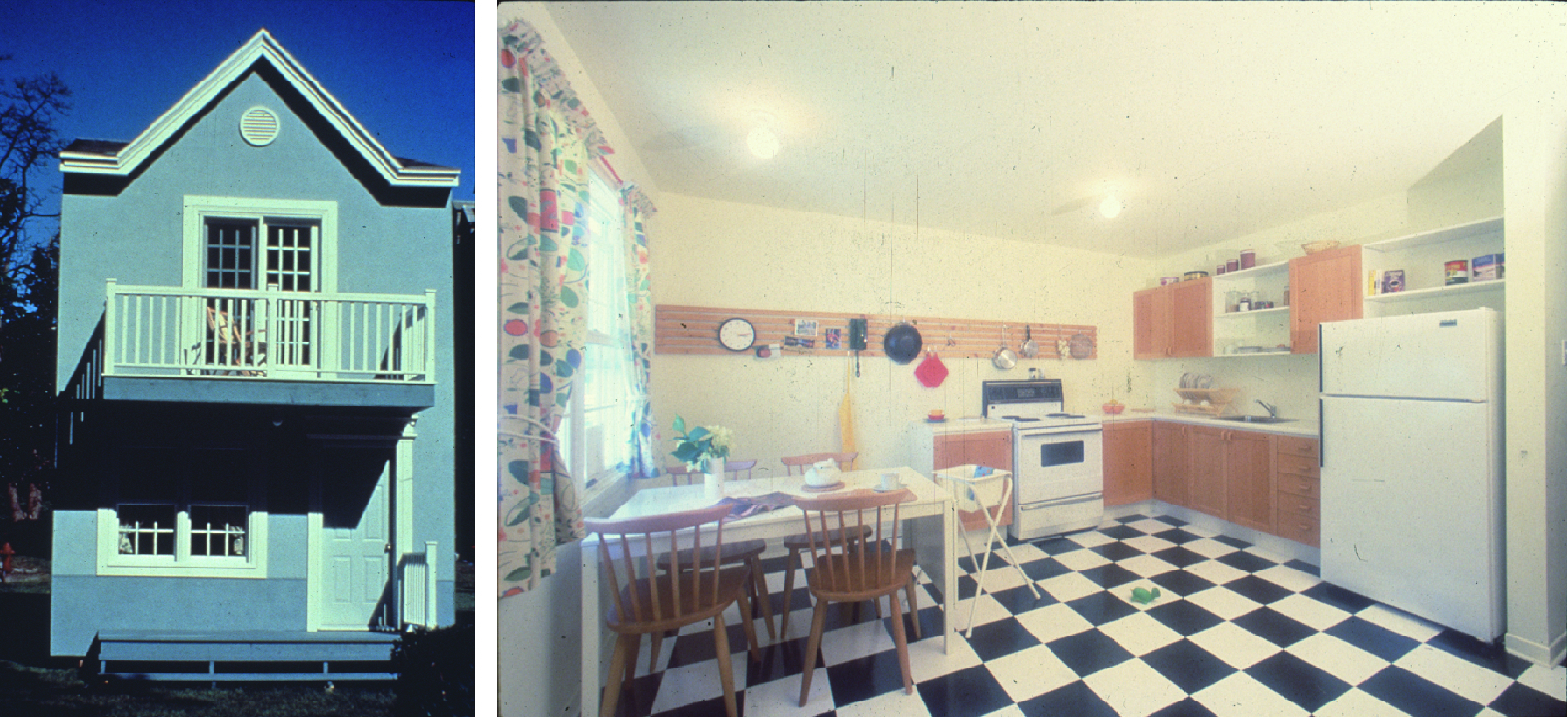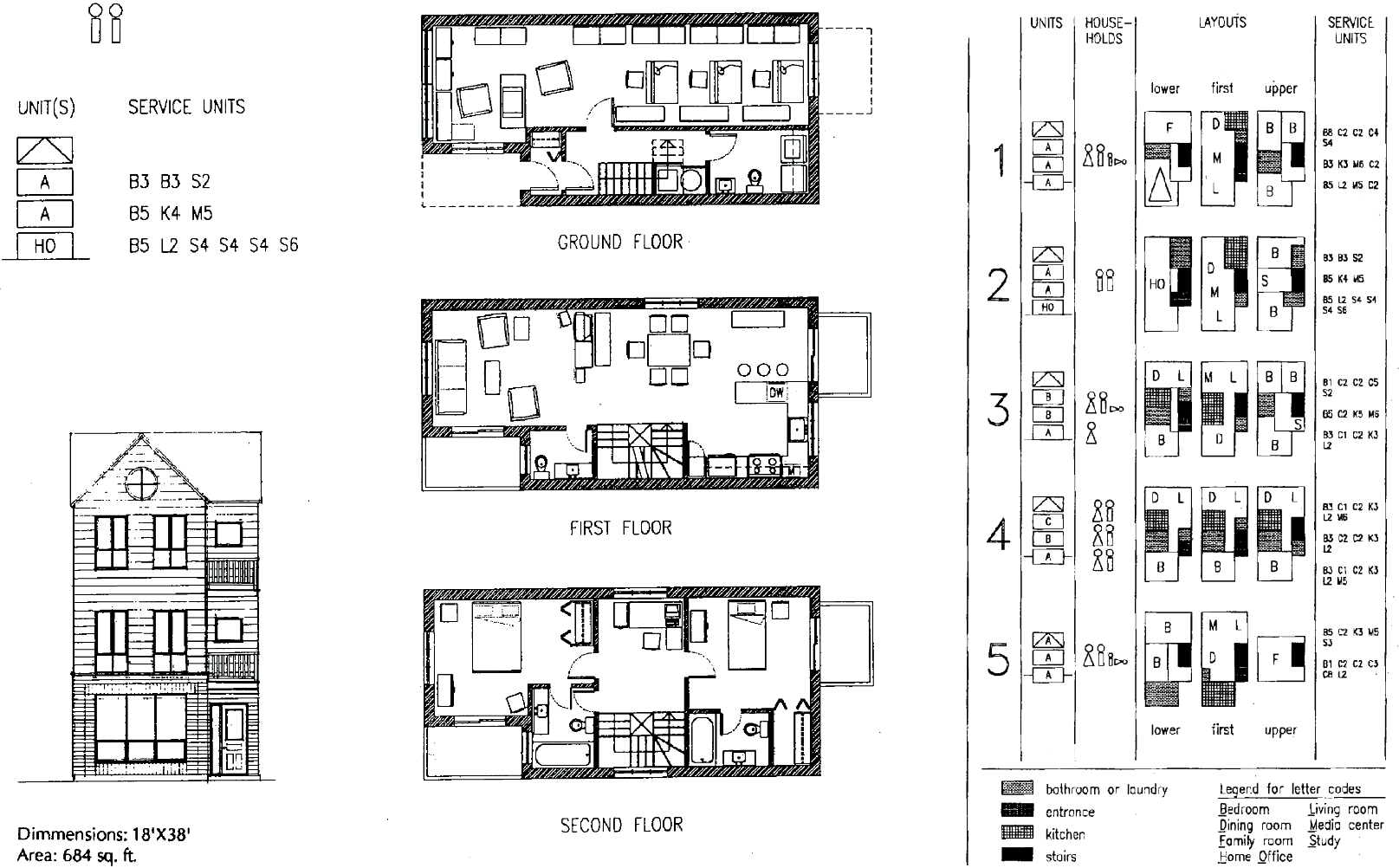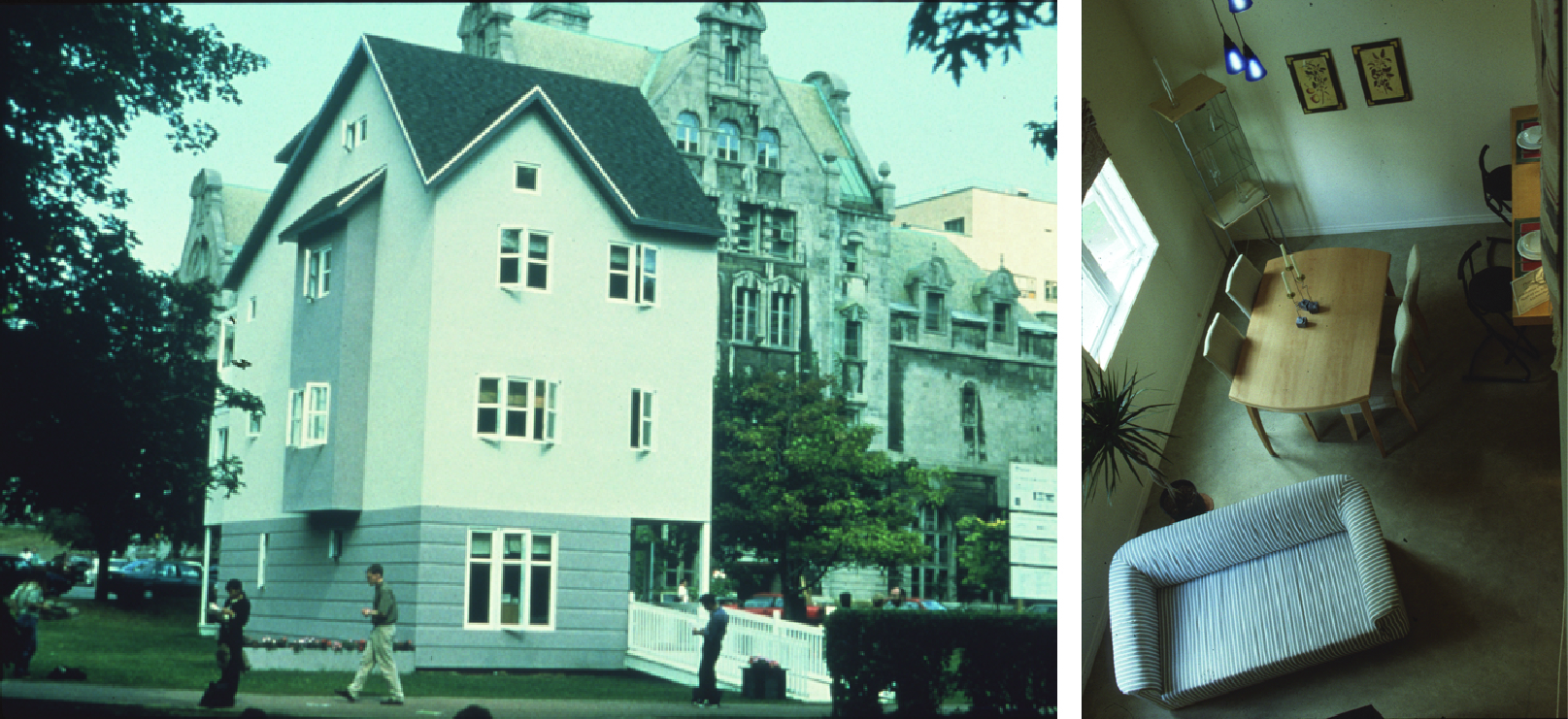
The Affordable Homes Program (AHP) was established in 1989 as an option in the School of Architecture’s M.Arch. Post-professional program. With the support of the Société d'habitation du Québec, Canada Mortgage and Housing Corporation and private benefactors, Affordable Homes responded to one of Canada’s foremost social challenges—the lack of affordable housing. We identified three areas in which we could make a meaningful contribution: teaching, research and transfer of knowledge to the building industry.
In setting up the teaching curriculum, we soon realized the need to consider and understand the motives and ways of working of all the parties involved in the provision of housing. Builders, bankers, municipal representatives, architects, planners and manufacturers were among the people who were invited to address our students.
The multidisciplinary vision was also enriched by the acceptance of students with a variety of educational backgrounds such as architecture, planning, and landscape architecture, which led to diverse discussions and comprehensive design solutions.

Research, as the core activity of the Master of Architecture degree, demanded innovative teaching strategies. A course was set up to guide the students through the research process and an annual colloquium provided them with opportunity to present their papers in a conference-like environment. In 1994, the program was awarded the American Institute of Architects (AIA) Education Honours and the Collegiate Schools of Architecture (ACSA) Creative Achievement Award.
The multidisciplinary nature of affordable housing has also necessitated a multifaceted approach to the structure of a research agenda. The Grow Home (designed with Rybczynski and Ross), built in 1990 on the McGill University campus, enabled us to demonstrate that building small and efficient would not only reduce cost but preserve dwindling natural resources. The message was enthusiastically received by the homebuilding industry and the public at large with thousands of units built in Quebec, Canada and the world.
We followed the success with two additional prototypes. The Next Home was also constructed on the McGill University campus in 1996 and La Casa a la Carta was built in Mexico in 1997. Both units were also adopted by the industry and were constructed at home and abroad.


With the contribution of several researchers and, notably, Vince Cammelleri, we developed strategies for cost reduction through prefabrication, adaptability and sustainability which earned the program the Progressive Architecture Research Award in 1994.
Avi Friedman, PhD
Professor of architecture
Co-Founder and Director, the Affordable Homes Program